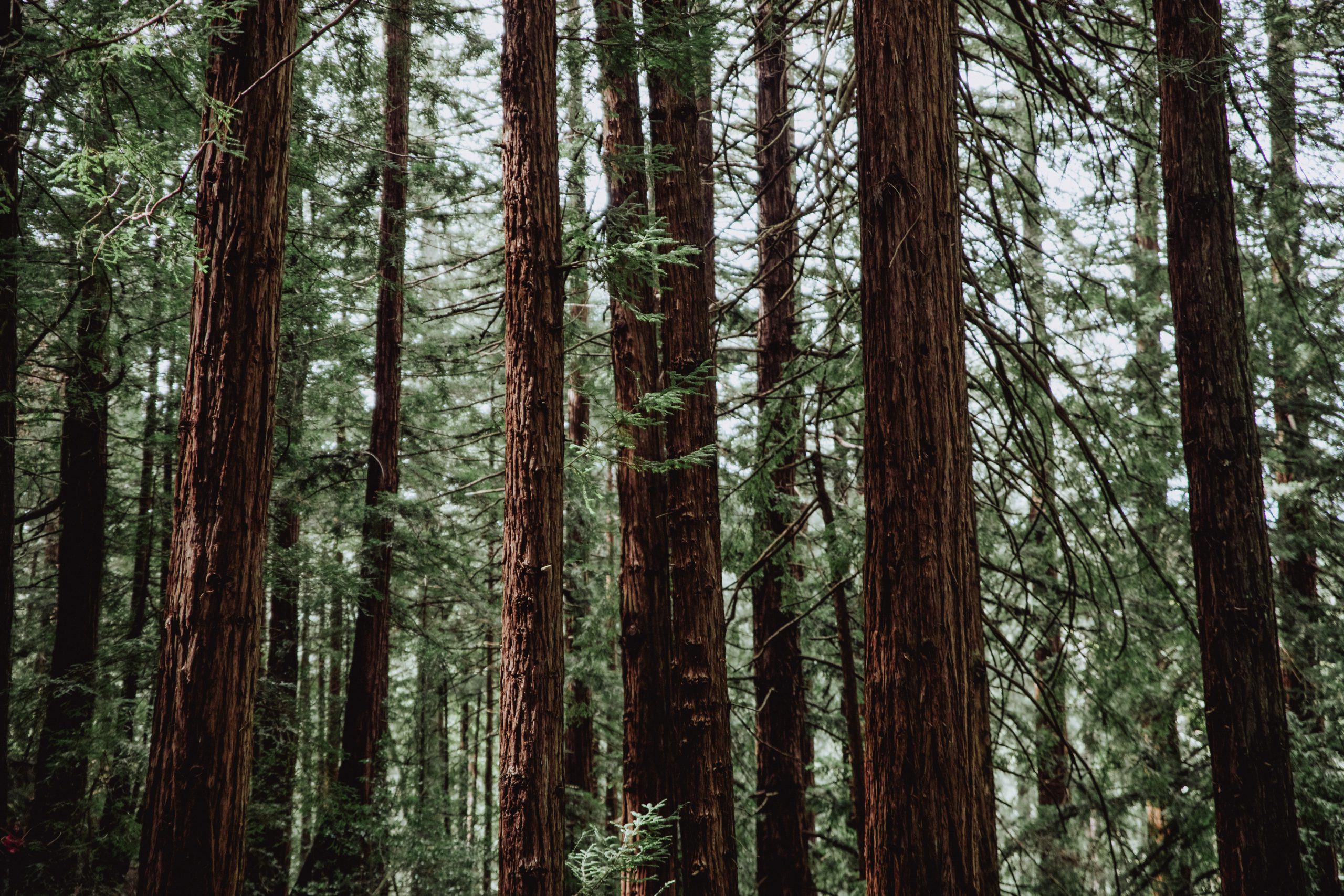Step into the captivating world of trees as we unravel the secrets of the most common types of trees. From majestic maples to resilient pines, this guide will introduce you to the diverse and fascinating array of trees that grace our planet. Get ready for a journey that will leave you in awe of nature’s wonders.
What makes a tree a tree?
When we think of trees, we envision tall, majestic plants with branches reaching towards the sky. But what exactly defines a tree and sets it apart from other plants? Let’s explore the characteristics that make a tree a tree.
Woody Stem
One of the key features that distinguishes trees is their woody stem. Unlike herbaceous plants, which have soft, flexible stems, trees possess a sturdy and rigid structure. This woody stem is composed of specialized tissues, including xylem and phloem, which provide support and transport water, nutrients, and sugars throughout the tree.
Height and Growth
Trees are known for their impressive vertical growth. They have a single main stem, known as the trunk, which extends upwards and supports the branches and foliage. This vertical growth allows trees to tower over other plants, capturing sunlight and maximizing their access to essential resources.
Presence of Leaves
Leaves play a vital role in tree identification. Trees are characterized by their large, flat, and often broad leaves, which serve as the primary sites for photosynthesis. Through photosynthesis, trees convert sunlight, water, and carbon dioxide into energy-rich sugars, enabling them to grow, reproduce, and support the ecosystem around them.
Root System
Another defining characteristic of trees is their extensive root system. Trees have large and complex root structures that anchor them firmly in the ground. Roots not only provide stability but also absorb water and essential nutrients from the soil, ensuring the tree’s survival and growth.
Reproduction by Seeds
Trees reproduce through the production of seeds. Unlike many other plants that rely on spores or vegetative propagation, trees develop seeds that contain the genetic information necessary to grow into new trees.
These seeds can be dispersed by various means, such as wind, water, animals, or even self-dispersal. The ability to reproduce through seeds allows trees to colonize new areas and maintain their populations over time.
In summary, what makes a tree a tree can be attributed to its woody stem, towering height, presence of leaves for photosynthesis, extensive root system, and the ability to reproduce through seeds.
These characteristics collectively define the essence of a tree and contribute to its remarkable ecological significance and beauty.
How Many Types Of Trees Are There?
The world is home to an astonishing variety of trees, with numerous species flourishing across diverse ecosystems. While it is challenging to determine the exact number of tree types, experts estimate that there are between 60,000 to 100,000 different tree species globally. This incredible diversity showcases the richness and complexity of our natural environment.
What are the most common tree types?
When discussing the most common tree types, several species stand out for their widespread presence and adaptability. These trees demonstrate their ability to thrive in various regions and climates, making them familiar sights in many parts of the world. Some of the most common tree types include:
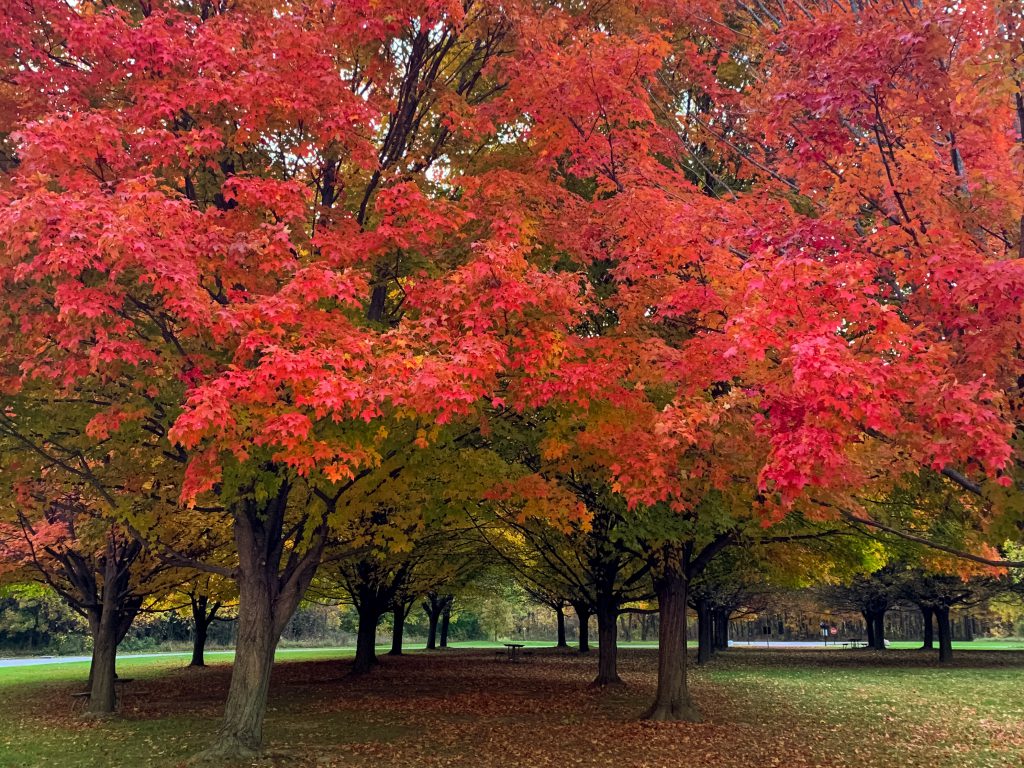
1. Maple
Maple trees are known for their vibrant foliage and distinctive leaf shape. Species like the Sugar Maple and Red Maple are prevalent in North America, Europe, and Asia.
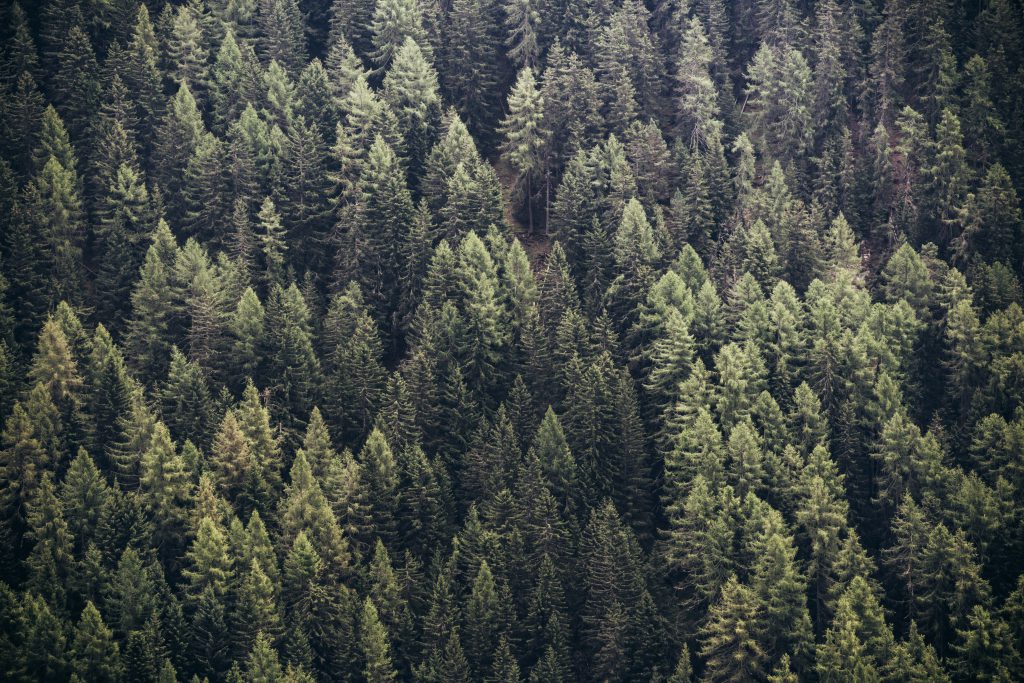
2. Pine
Pine trees are iconic with their needle-like leaves and cone-shaped structures. They are abundant in both temperate and subtropical regions.
Varieties such as the Loblolly Pine and Scots Pine are widely distributed.
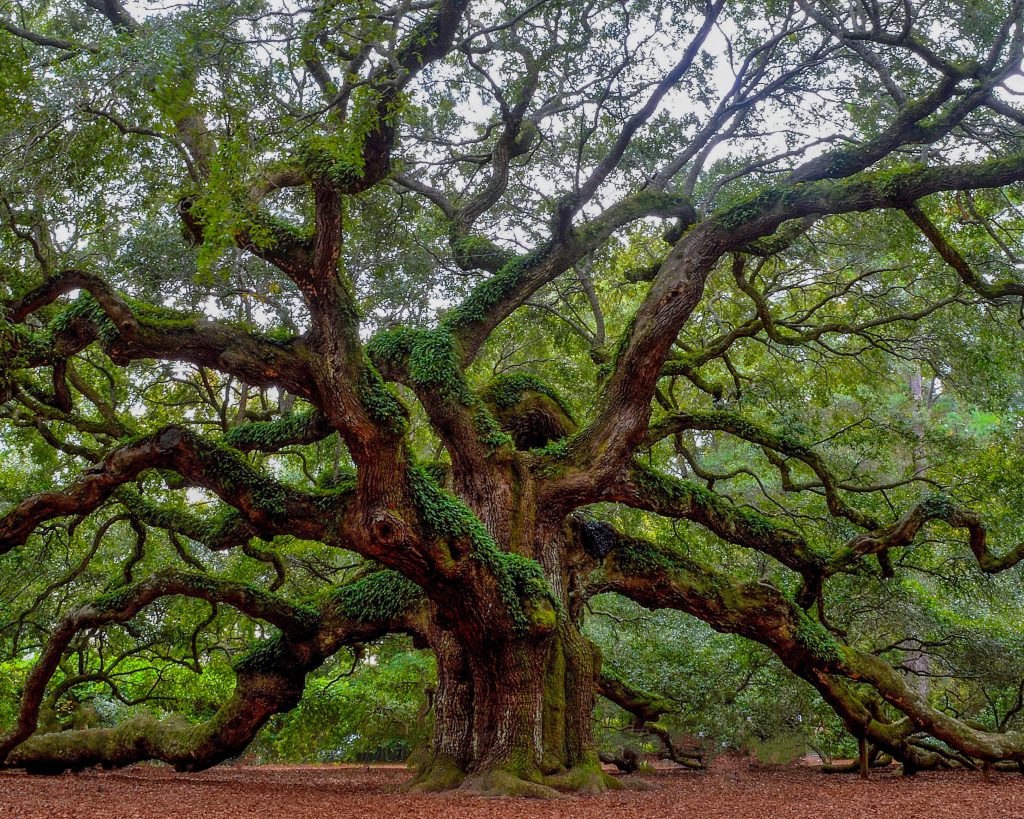
3. Oak
Oak trees are renowned for their strength and longevity. With their broad, lobed leaves, they are dominant in forests throughout North America, Europe, and Asia.
White Oak and Red Oak are common examples.
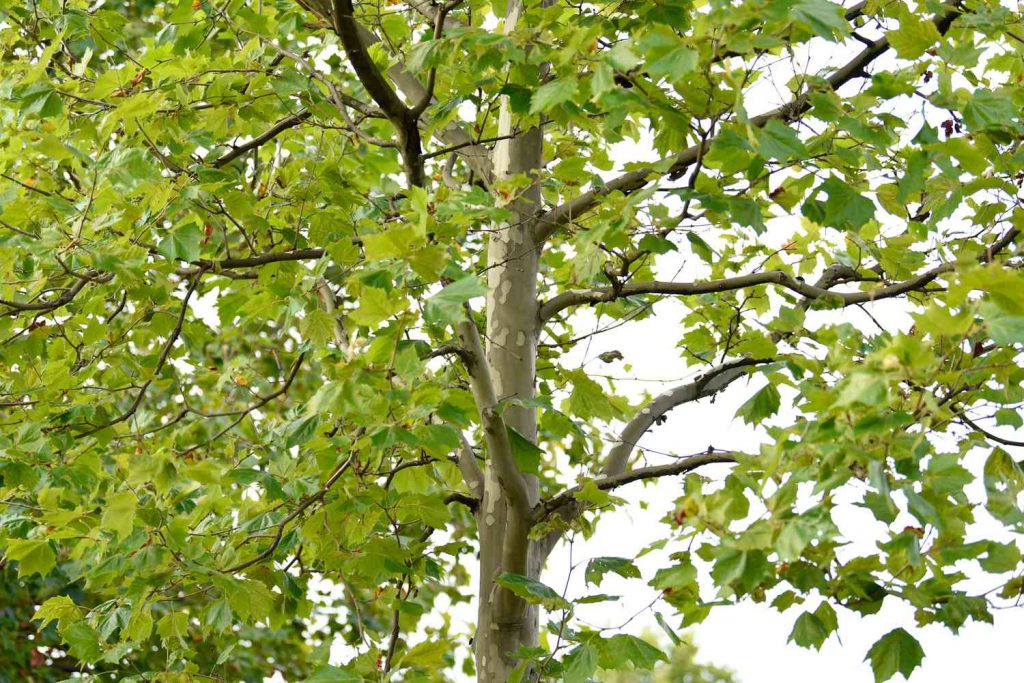
4. Sycamore
Sycamore trees exhibit unique mottled bark and large, hand-shaped leaves. They are found across various temperate regions, with the American Sycamore being a well-known species.
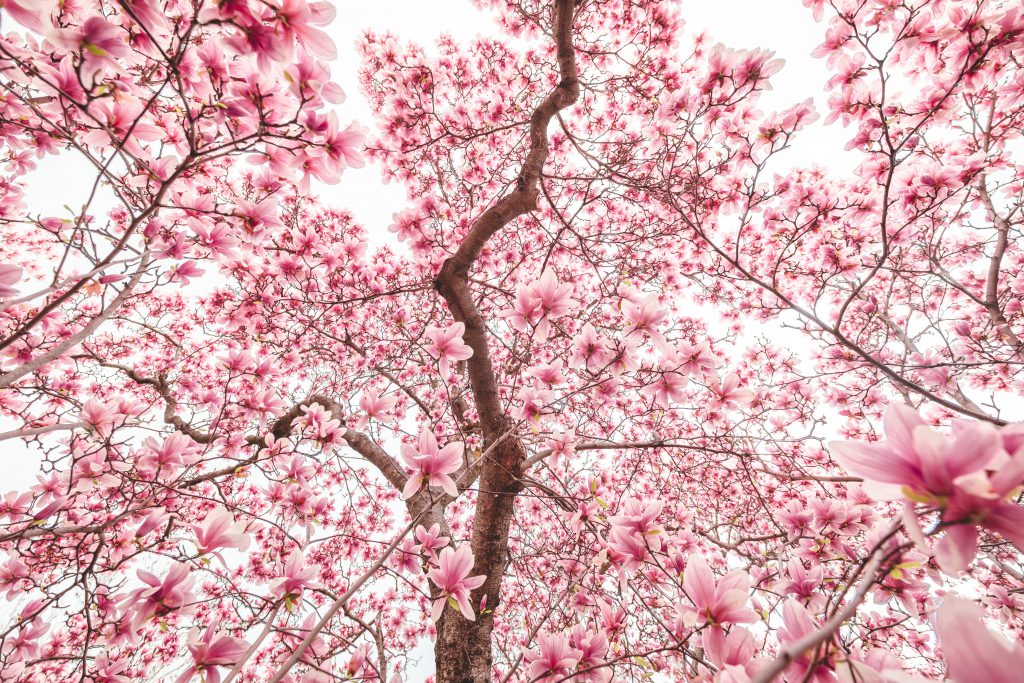
5. Magnolia
Magnolia trees are beloved for their large, fragrant flowers and glossy green leaves. They are native to Asia and the Americas, with species like the Southern Magnolia and Saucer Magnolia being popular.
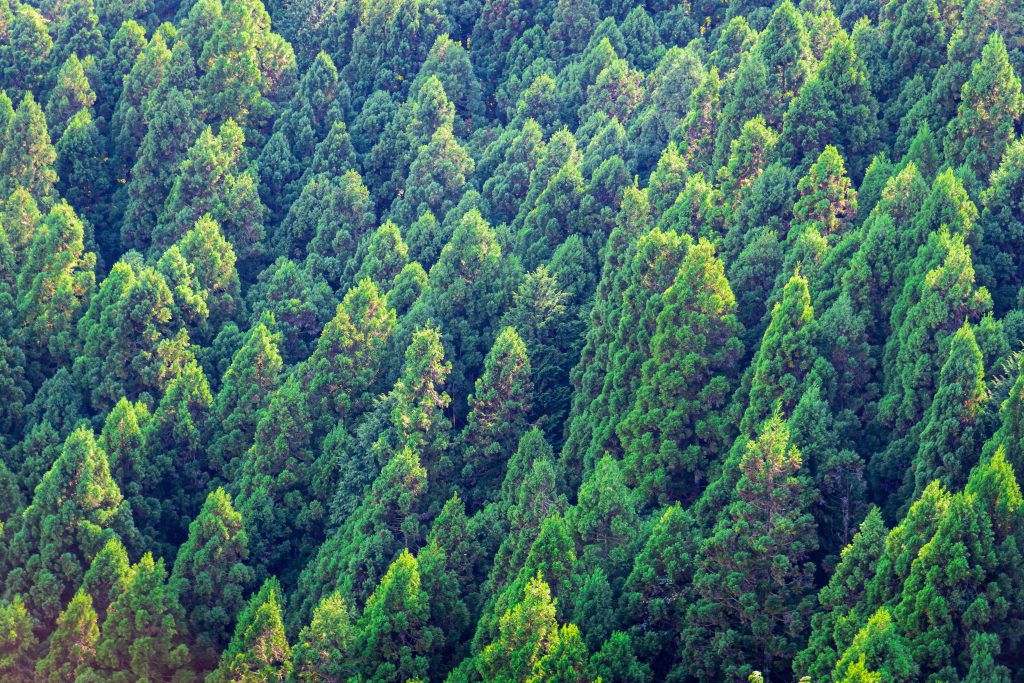
6. Cedar
Cedar trees are characterized by their aromatic wood and evergreen foliage. They thrive in different parts of the world, with species like the Atlas Cedar and Eastern Red Cedar well-represented.
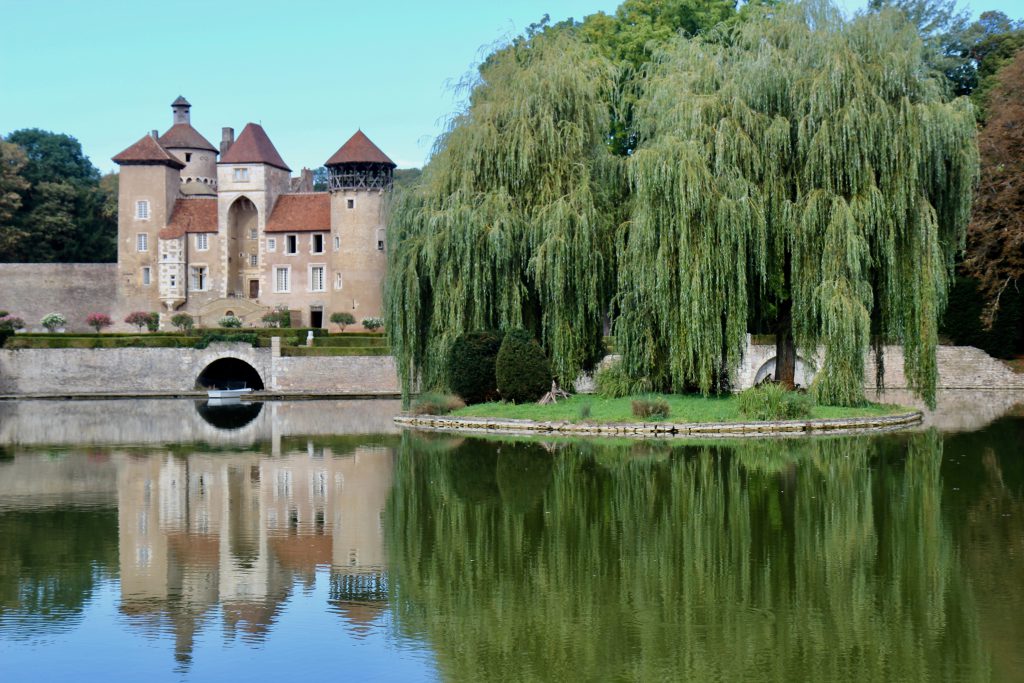
7. Willow
Willow trees, known for their long, graceful branches, are often found near water sources.
They are prevalent in temperate regions worldwide, with species like the Weeping Willow and White Willow making frequent appearances.
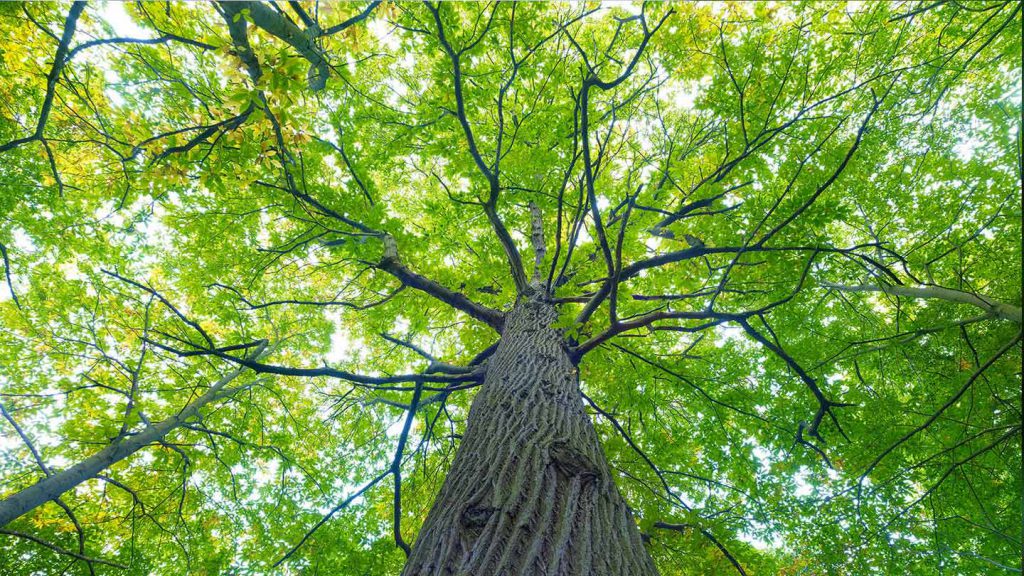
8. Elm
Elm trees feature an elegant, vase-like shape and serrated leaves. While many Elm species have been affected by Dutch Elm Disease, they were once abundant in North America and Europe.
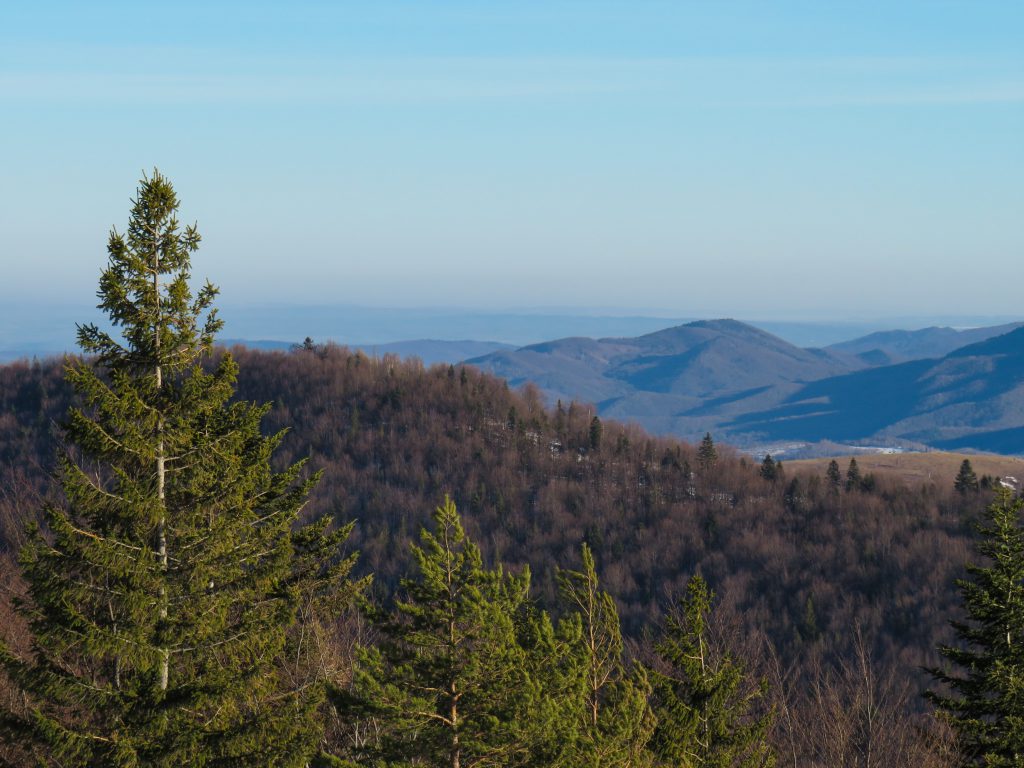
9. Fir
Fir trees are known for their conical shape and soft needles. Varieties like the Balsam Fir and Douglas Fir can be found in different regions and are often used for their timber.
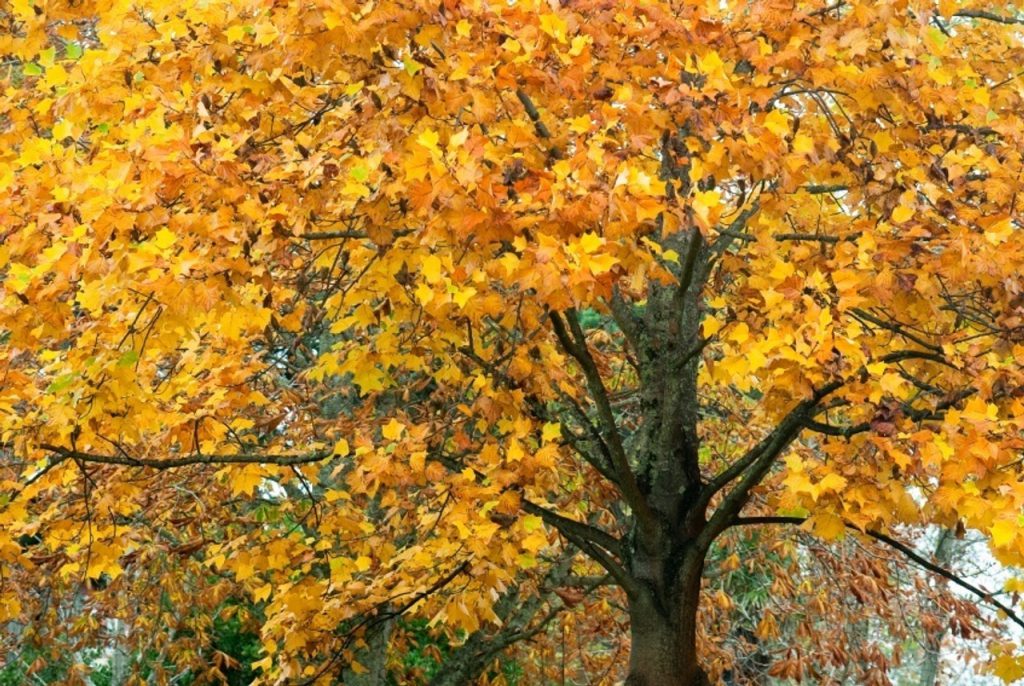
10. Tulip
Tulip trees, also known as Yellow Poplars or Liriodendrons, are native to eastern North America. They boast vibrant flowers and unique leaves, making them a visually striking presence in forests.
What are the basic types of trees?
Trees can be broadly classified into two basic types based on their leaf characteristics: coniferous and deciduous.
- Coniferous trees, such as pines, firs, and cedars, are typically evergreen and retain their needle-like or scale-like leaves throughout the year. They are well-adapted to colder climates and often found in regions with long winters.
- Deciduous trees, including maples, oaks, and willows, shed their leaves annually. These trees exhibit a range of leaf shapes, sizes, and colors, and they are adapted to various climatic conditions. Deciduous trees are common in temperate regions worldwide.
What are the most common trees in the forest?
The most common trees in forested areas can vary depending on the specific forest type, geographical location, and ecological factors. However, some tree species frequently encountered in forests include various oak species, pine trees, birch trees, beech trees, maple trees, and fir trees.
What is the most abundant tree species?
Determining the most abundant tree species globally is a challenging task due to the vast number of trees and their distribution. However, several tree species are recognized for their widespread occurrence and large population numbers.
Some of these include the Douglas Fir, Sugar Maple, Red Maple, Loblolly Pine, and Quaking Aspen, among others. These species have successfully adapted to various environments and have become dominant in specific regions.
Understanding the remarkable diversity and prevalence of tree species allows us to appreciate the intricate tapestry of our natural world. Each tree type has its own story to tell and plays a vital role in supporting ecosystems, providing habitat for wildlife, and contributing to the overall health and beauty of our planet.
By recognizing and valuing the most common types of trees, we can deepen our connection with nature and work towards their conservation for future generations.

